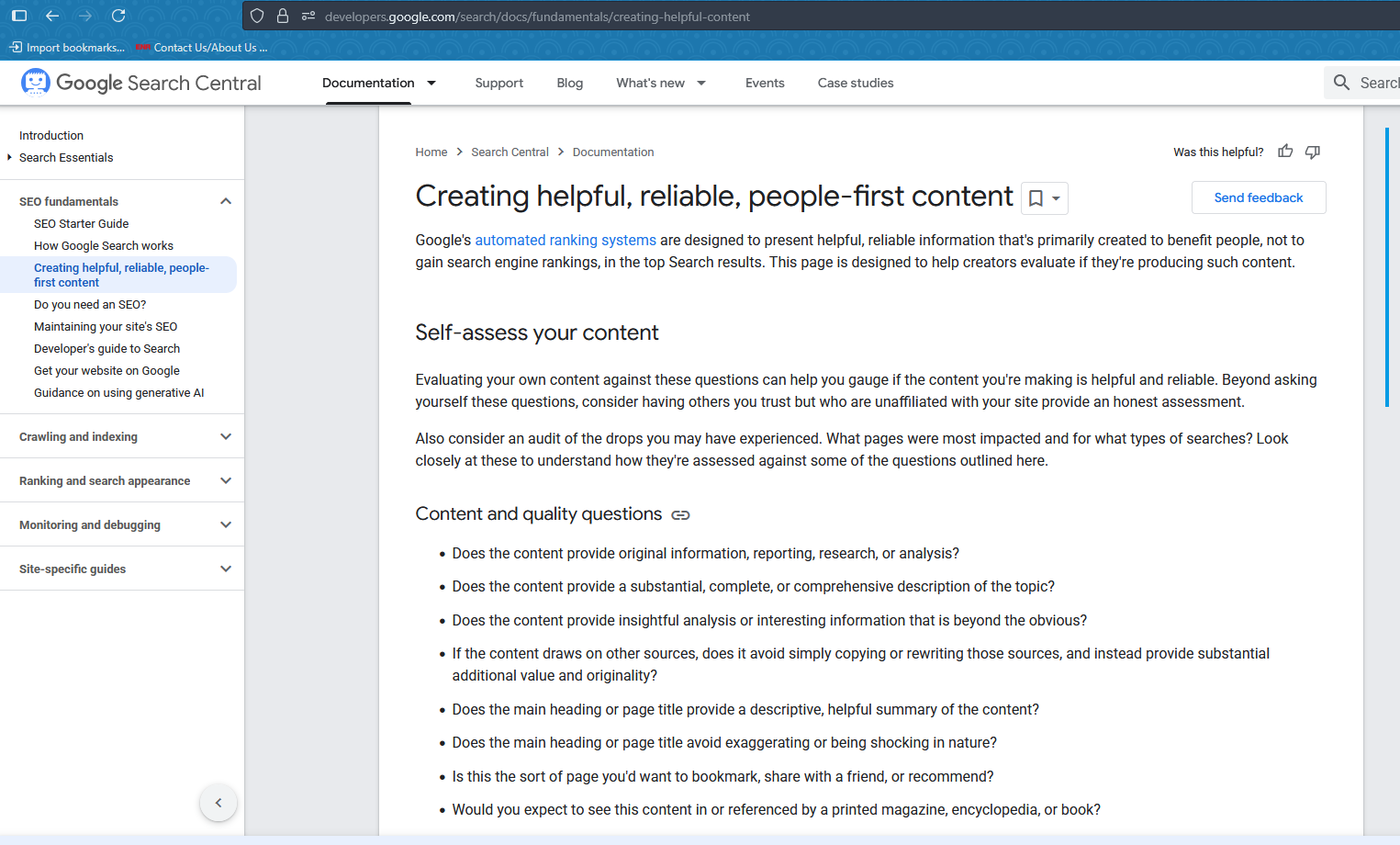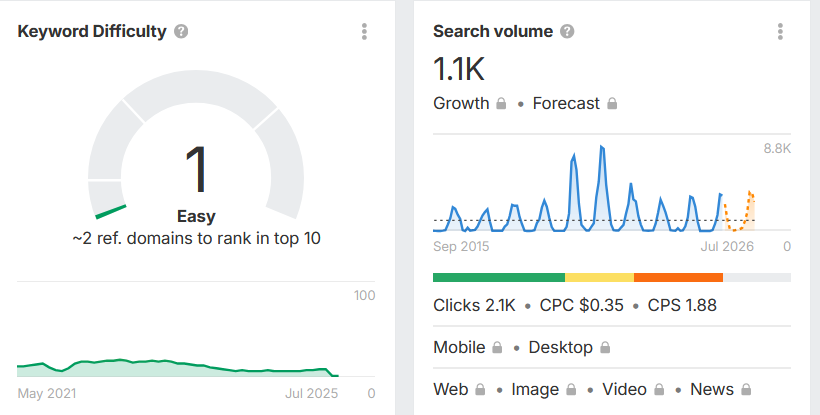How I Took a Brand-New Site From Zero to Sales With SEO in Weeks
When I first met this client, they had nothing in terms of search engine optimization (SEO) - no domain authority, no schema, no backlinks, around 200 words per page, improper heading configurations, etc. SEO is the foundation of online visibility, and this site was starting from scratch.

Their Shopify site was clean but, in addition to their SEO, there was a conversion rate optimization problem (I normally tell my clients they work hand-in-hand). It lacked trust signals, conversion/SEO optimized copy and more.
I've been an SEO expert for 8 years and I knew that improving your SEO and website conversion rate go together. Conversion rate optimization is crucial for turning traffic into sales.
Within weeks of launching my SEO strategy, they were ranking for over 300 keywords, pulling in steady organic traffic, and generating their first sales from search engines.

Here’s how I did it.
Site Audit & Conversion Rate Optimization Assessment
The landing pages were visually appealing but light on substance. No H1 tags. Minimal content (about 200 words per page). Zero social proof or customer testimonials. I knew we needed a transformation that worked for both users and Google, focusing on both SEO and conversion rate optimization.
So I:
- Coded in H1 tags and subheadings across all collection and product pages using Shopify Liquid.
- Expanded content from 200 words to over 1,000 words per page. I was not going for quantity; solely I was focusing on what potential customers ACTUALLY wanted to see on the page, improving the value proposition. My objective with this new June 2025 SEO update is quality. See this prompt.
- Once I finished the copy, I cross checked it with Google's People First Content documentation.

- Added social proof by coding a dynamic logo marquee (also using Liquid) showcasing partnerships (added alt text), which gave the site a premium feel.
- Added either identical or semantic variation keyword in the first 100 words, meta data, and url.
Commercial Intent Keyword Strategy First
Using Ahrefs, I researched low-competition, low-volume commercial intent keywords with qualifiers like "buy" and "shop." This approach was crucial for lead generation and improving the lead conversion rate. I also focused on optimizing lead flows to ensure a smooth user journey from search to purchase.

Each page targeted one different primary seed keyword, with semantic variations sprinkled naturally into the copy.
This human-first, Google-second approach meant we avoided robotic keyword density and focused on content users actually want to read. It's a key aspect of SEO conversion optimization and helps prevent issues like cart abandonment and checkout abandonment.
Overcoming Challenges: Coding for Aesthetics Without Breaking Speed
The moving marquee for social proof was a beast to build. On desktop it worked beautifully, but mobile responsiveness caused headaches. I spent hours tweaking Liquid code to make it seamless across devices; all while ensuring site speed stayed fast enough to keep Core Web Vitals healthy.
The Results: Fast Wins and a Solid Foundation
Within about two weeks of launch:
- 200+ keywords indexed
- 34 organic visits
- 3 sales (two from Bing and Chagpt)

Each sale was worth several hundred dollars—proving that targeting commercial intent from the start pays off. This success in the conversion funnel demonstrated the effectiveness of our SEO conversion strategy. Implementing conversion tracking allowed us to measure the impact of our optimization efforts accurately.
We got sales from Bing and ChatGPT referral.
.png)
Lessons Learned: Simplicity Wins
While the marquee was visually stunning, I learned to weigh design complexity against time and performance. Sometimes simpler is better, especially when the SEO fundamentals drive most of the results.
My Pro Tip: SEO and CRO Go Hand in Hand
After 8 years in SEO and tech, I’ve learned that great SEO means nothing if visitors don’t convert. Pair keyword strategy with conversion rate optimization. Use tools like Microsoft Clarity to analyze user behavior and iterate constantly.
The Big Takeaway
Be intentional. Write high-quality content yourself and use AI only as an assistive tool. Every detail—from metadata to on-page trust signals—should serve a purpose. No fluff. No shortcuts.
Want me to help your business achieve results like this?
.webp)



